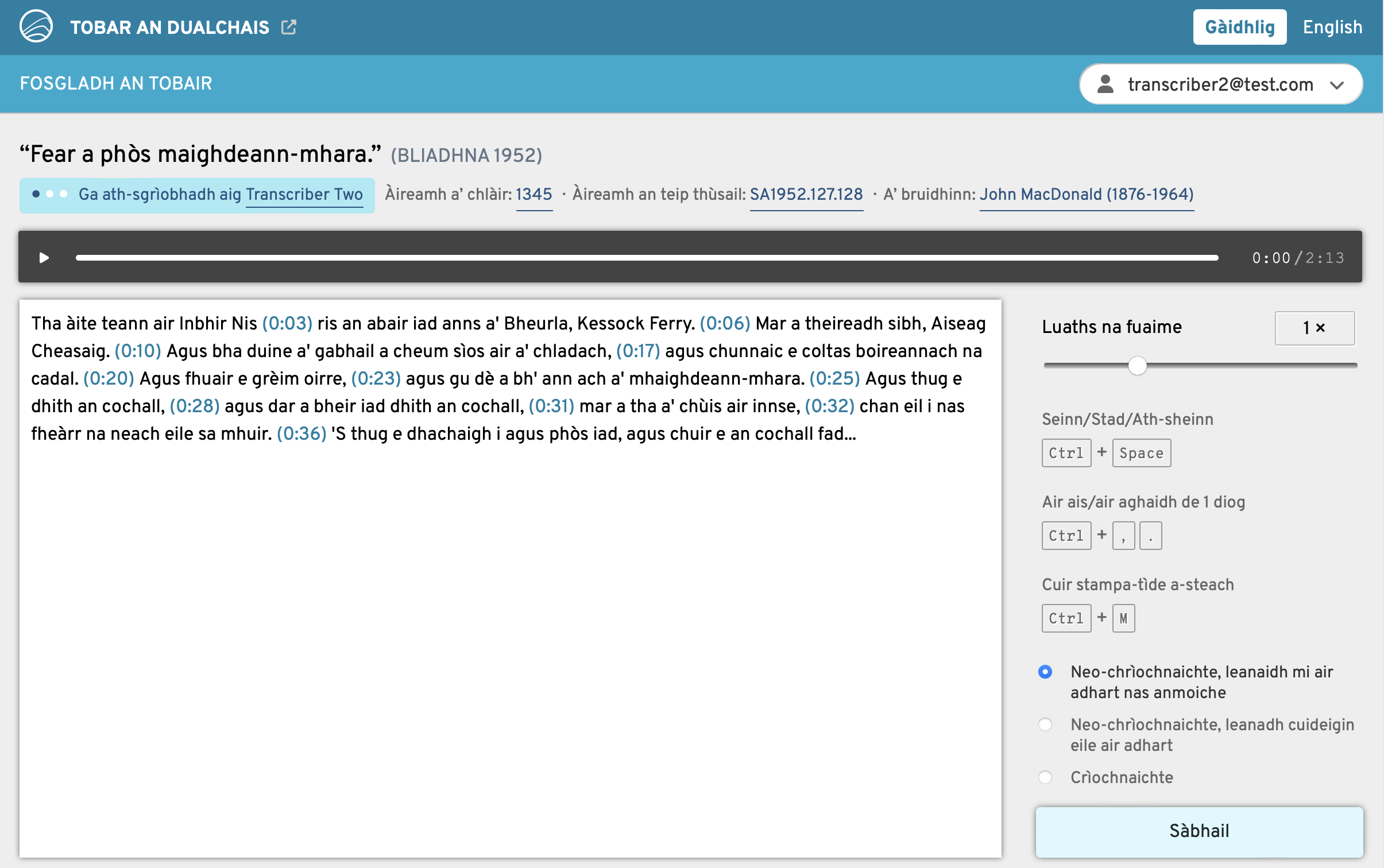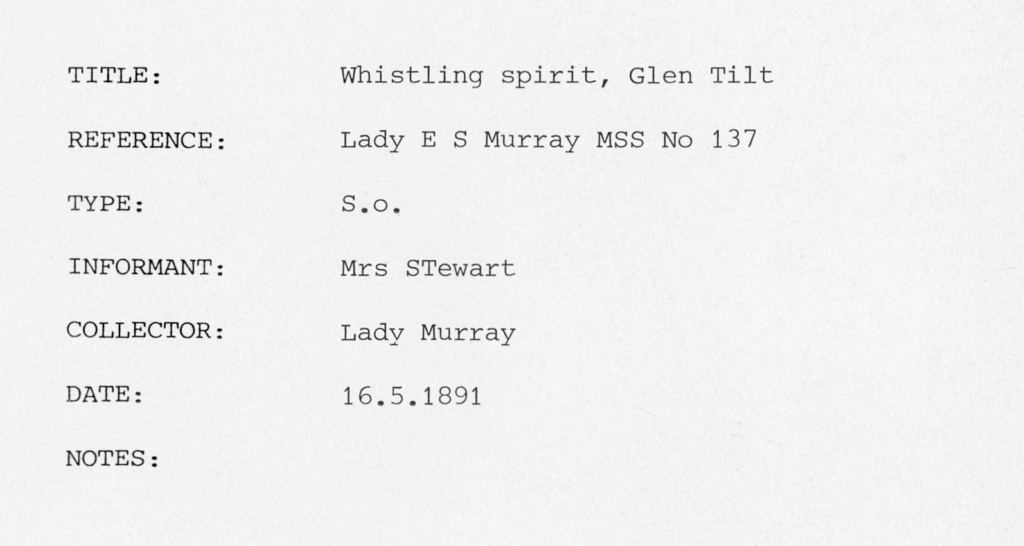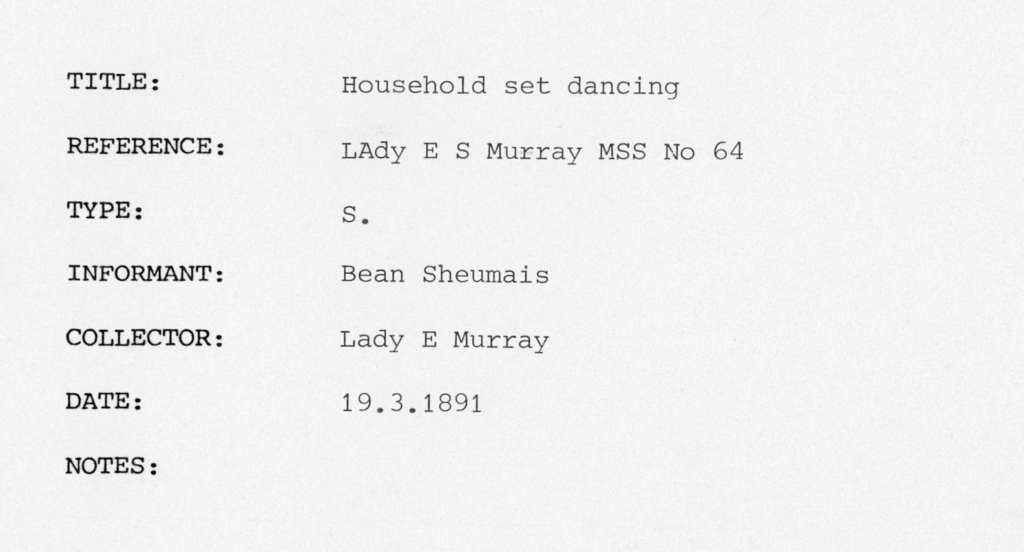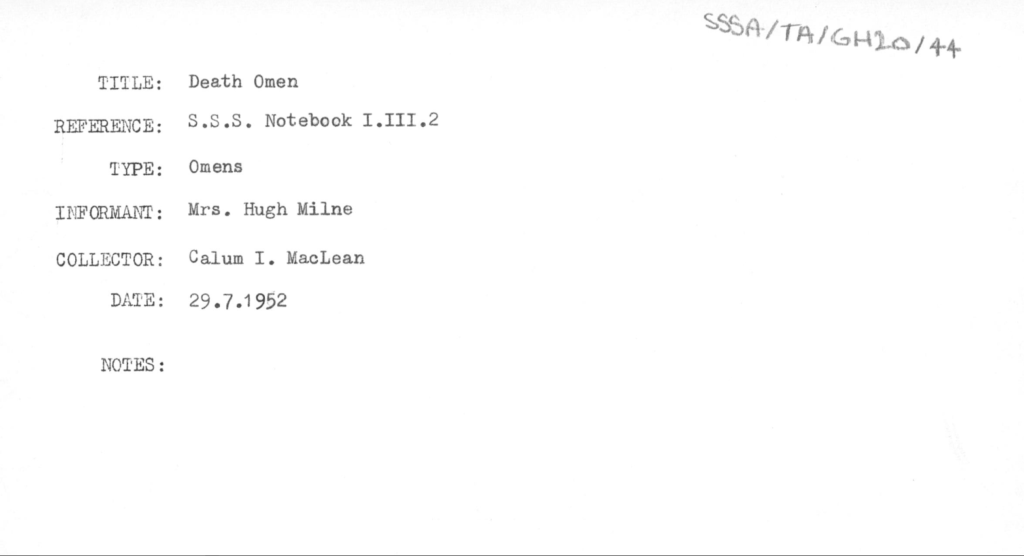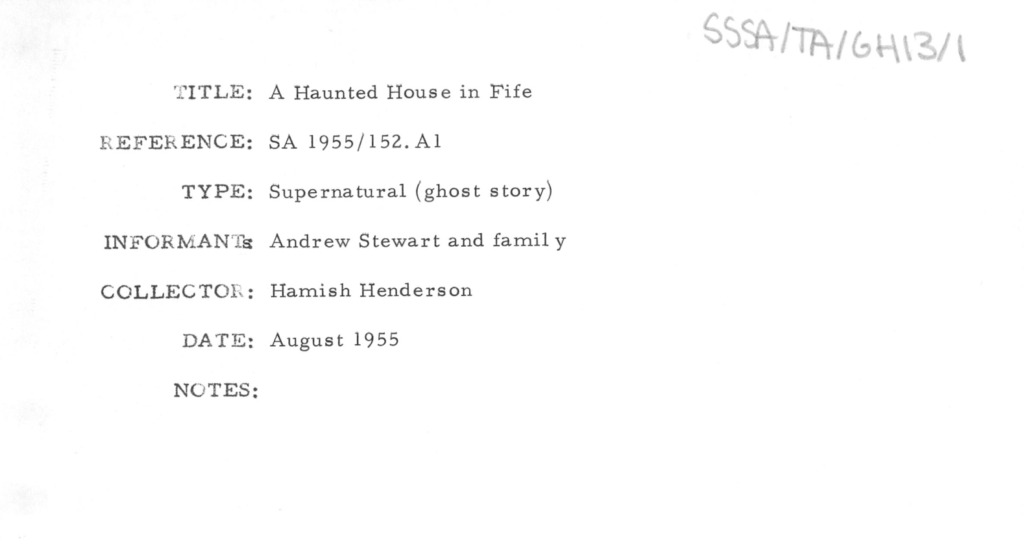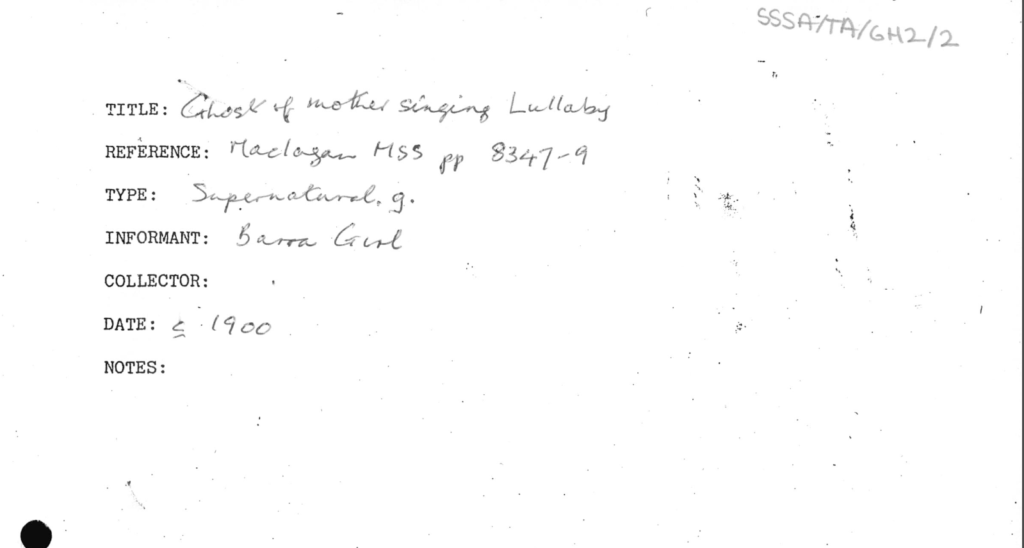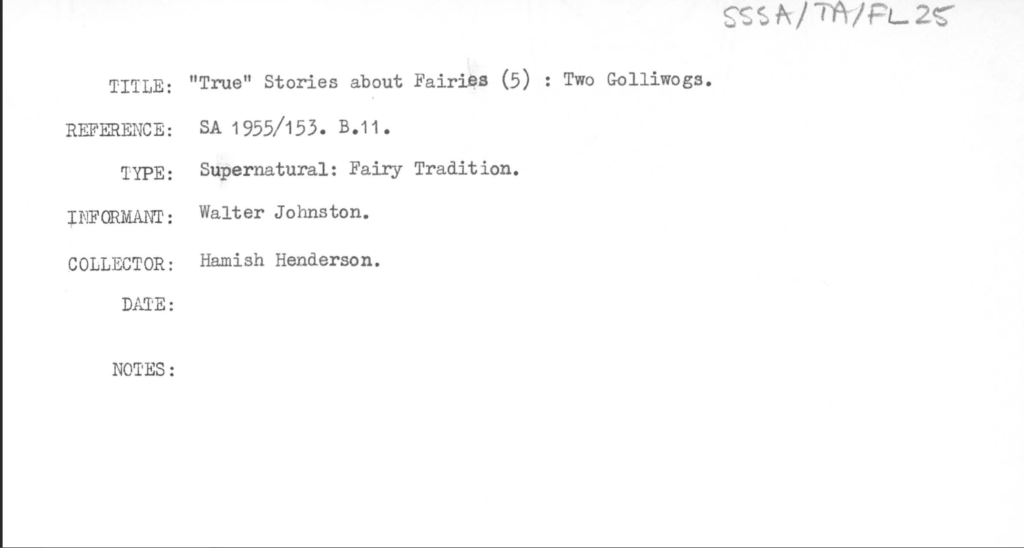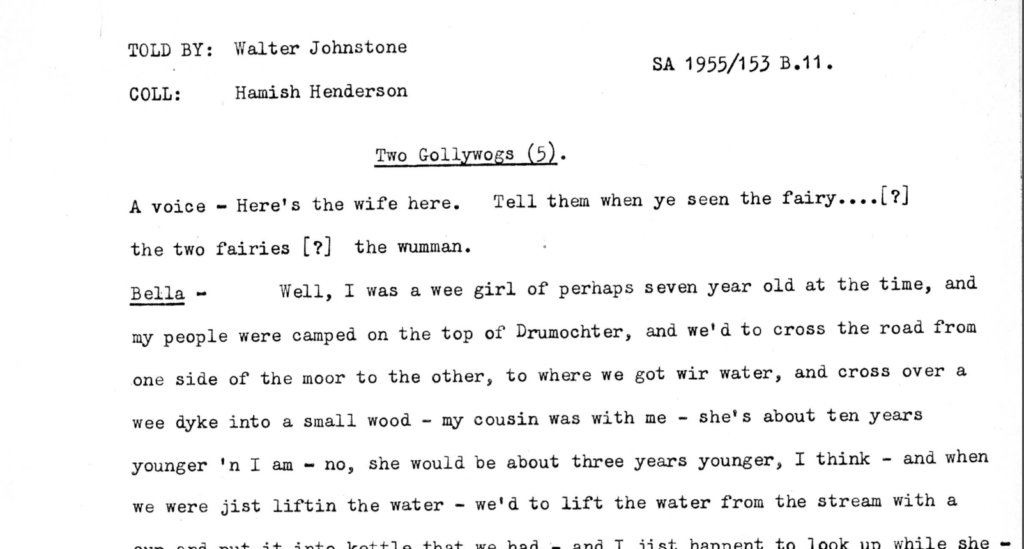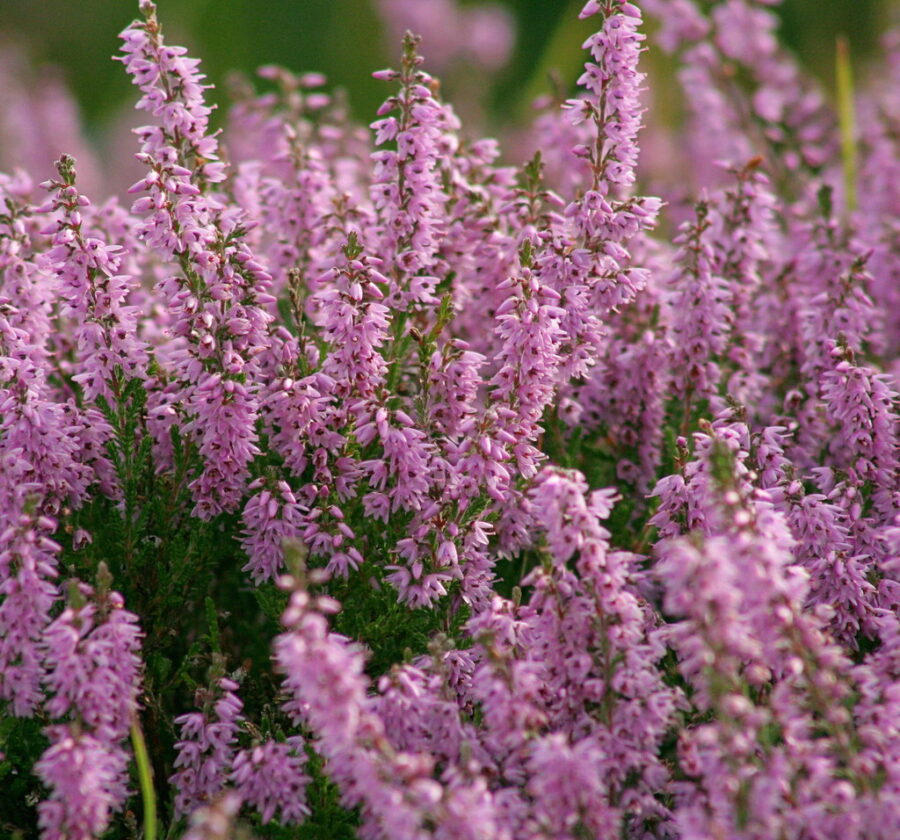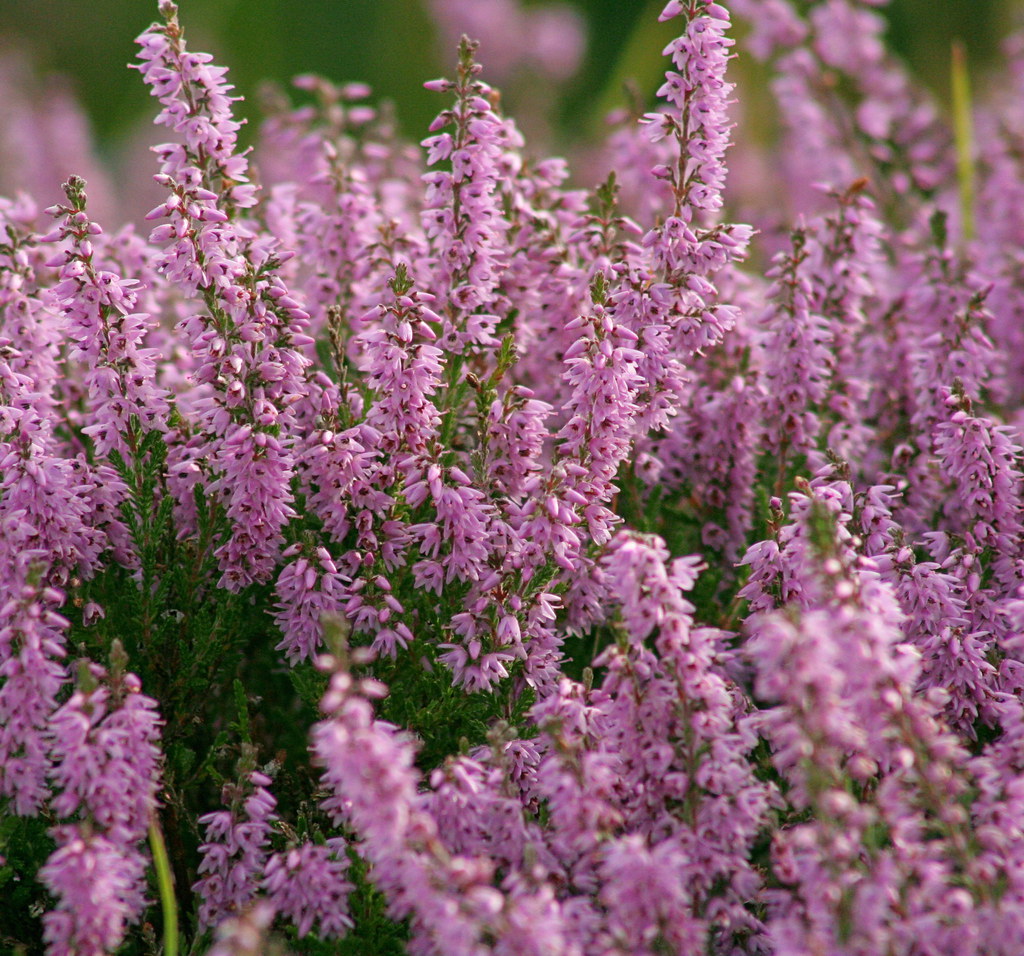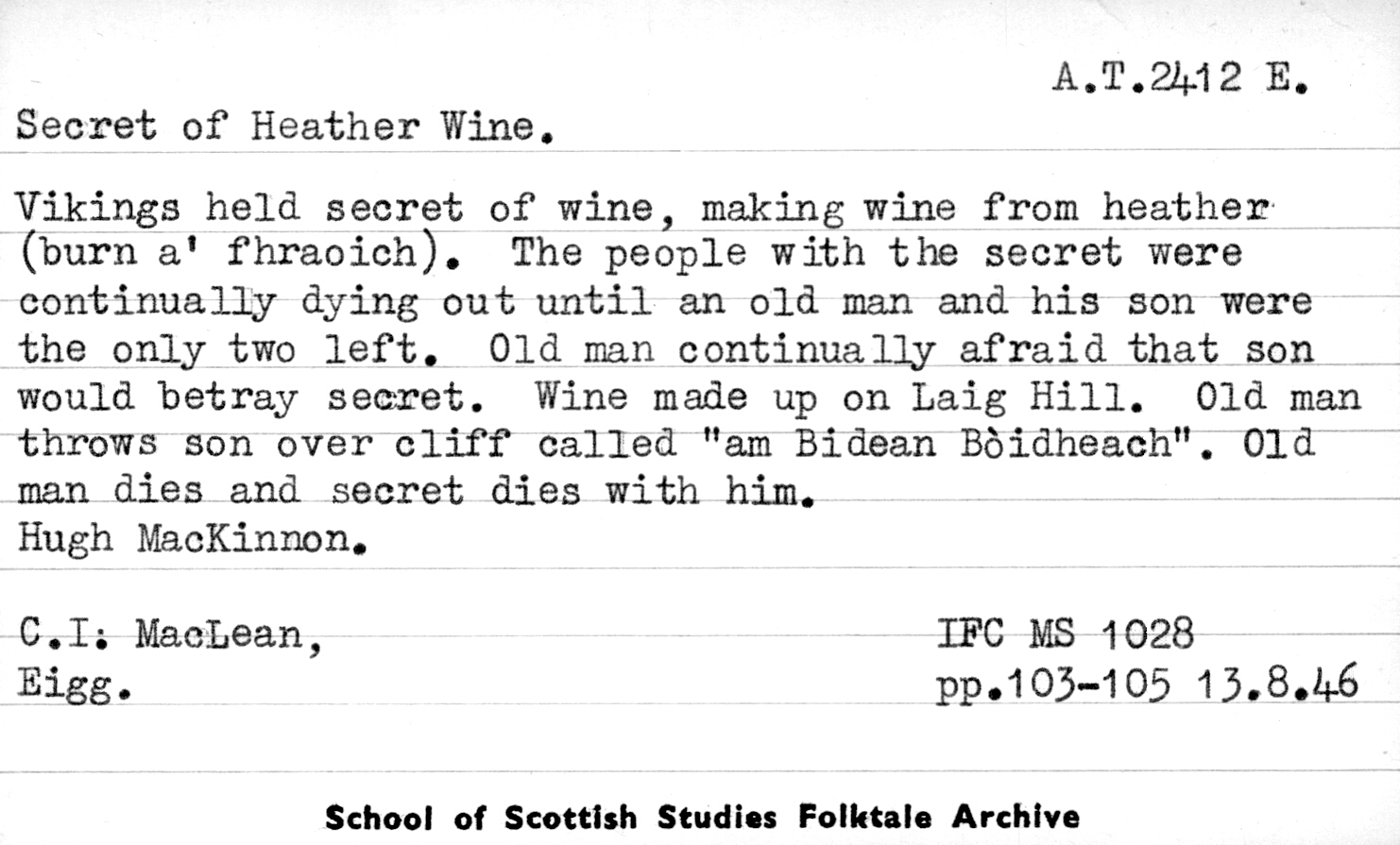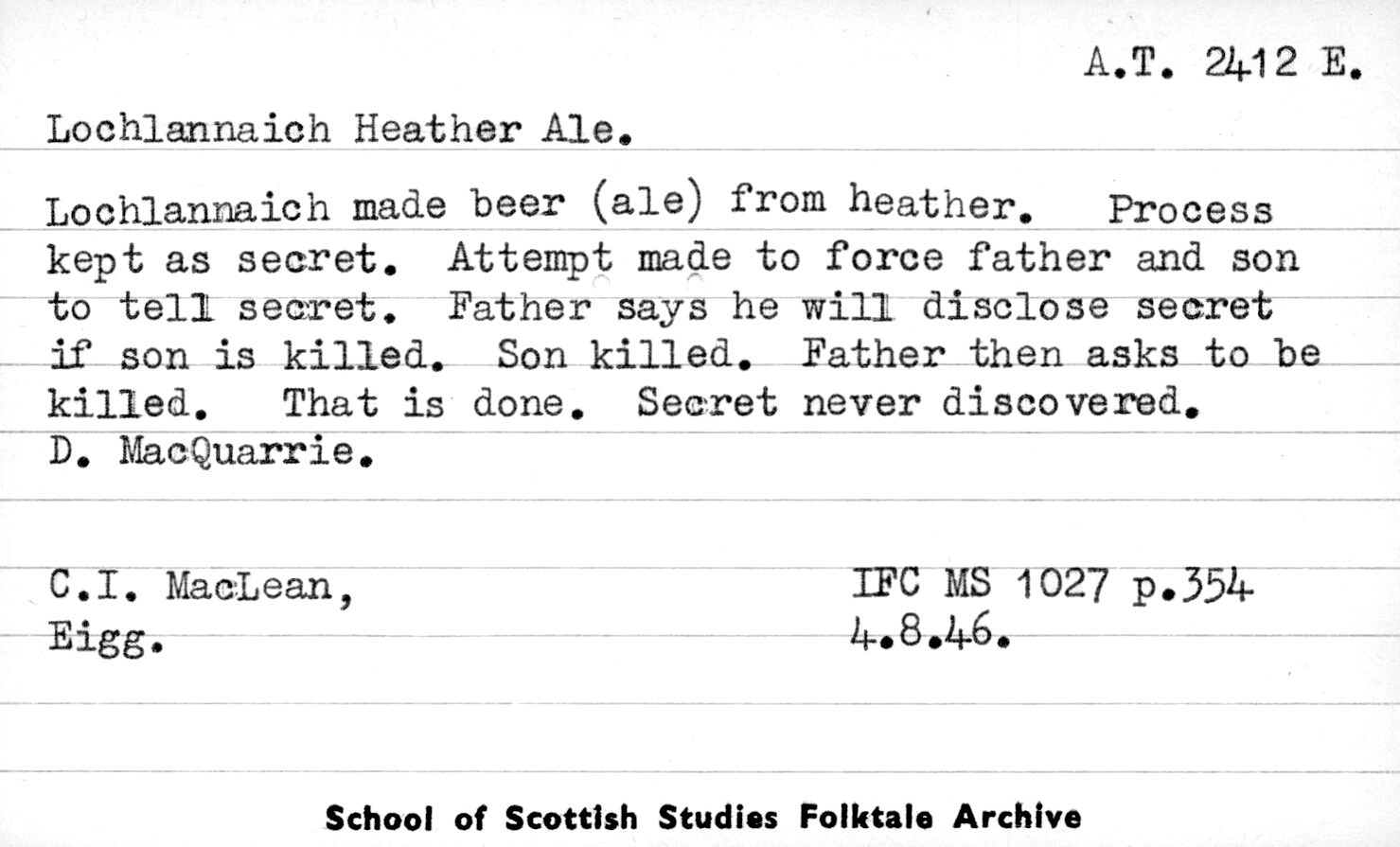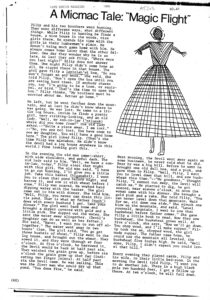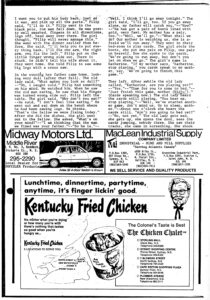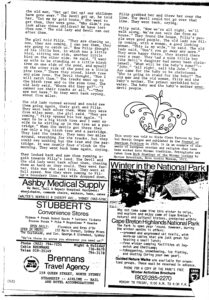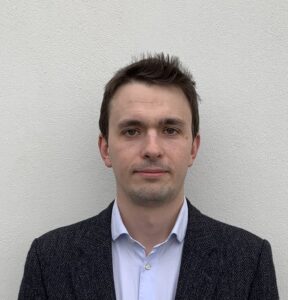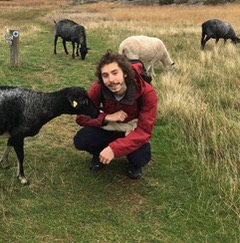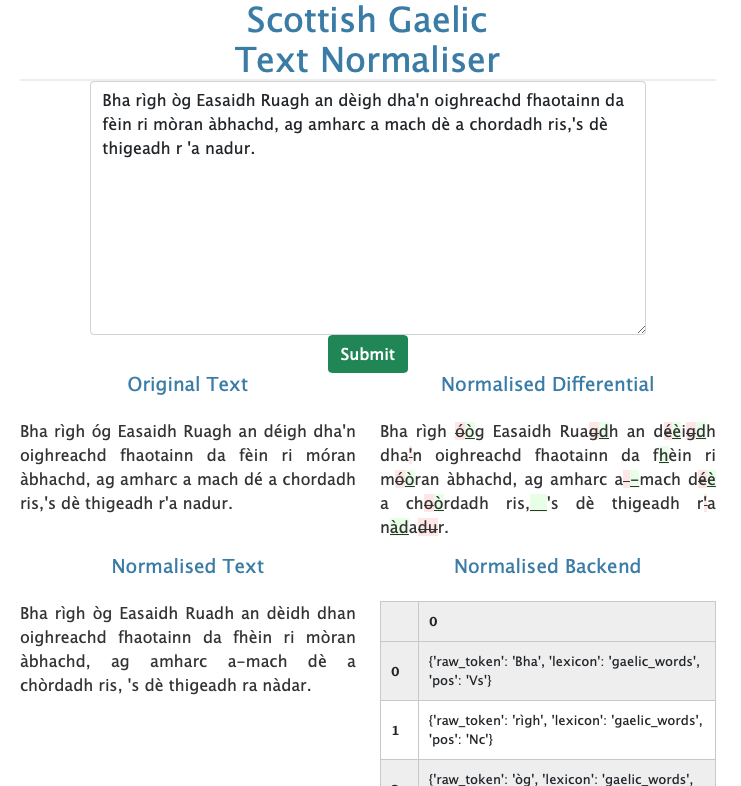Launch
With ÈIST launching Opening the Well / Fosgladh an Tobair on the 2nd of December, we felt it was important to “introduce” you to the ‘Copyright and Permissions Administrator’ on the project.
So, everyone say hello to Seumas.
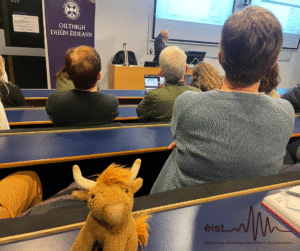
Image Description: Photograph of a lecture hall. Several people are sitting in tiered seats facing the front, where a person is giving a presentation at the podium. There is a blue banner at the front with text and a logo, reading ‘University of Edinburgh’ in both English and Gaelic. A plush toy cow with light brown fur and white horns is visible on the desk in the foreground facing the camera.
They are pictured here in attendance of the Opening the Well launch. This was at the 20th annual memorial lecture for Angus Matheson, held at the University of Glasgow.
Seumas has been in post since mid-August and has been working in the background to gain permissions for recordings to be included in this crowdsourcing initiative.
Currently, Opening the Well is focusing on the spoken word. Transcripts for Gaelic tales and information-based extracts (e.g., interviews) are the priority. This makes over 9000 tracks on the Tobar an Dualchais website applicable – with even more content that has already been transcribed.
All recordings have the possibility of including multiple fieldworkers and/or contributors, so there is always a chance that several people will need to contacted for only a couple of minutes of content. As a result, Seumas has their work cut out for them.
A lot of the recordings uploaded for launch were randomly selected based on getting permissions in time. That said, we also looked into what materials have experienced high traffic/usage recently, knowing that it would be useful for the community to have these transcripts available to them as soon as possible.
There is a mixture of materials from the School of Scottish Studies Archives, (University of Edinburgh), as well as from the Canna Archive (National Trust for Scotland). Amongst the varied Collections, we aimed for different locations and a mix of genders.
Here’s a more in-depth look at some of the tracks that were uploaded in time for the launch:
Tracks to Transcribe
A couple come from the mainland of Scotland – a bit from Argyll and some from Inverness-shire. Then, we also had the odd track from folks that came from Mull, Tiree, Islay, Harris and St Kilda.
Seumas noticed that this round, we managed to get a bunch from the Uists and from Barra – which was an excuse to set out for some permissions work on these islands.
First up on the tour was Grimsay in North Uist…

Image Description: A brown soft toy Highland Cow with white- and cream-coloured horns in the foreground, positioned in front of a road sign. The sign reads ‘Griomasaigh / Grimsay’ and has a second, brown road sign below it. The colour indicates that this additional information is aimed at tourists. There is some grass and a building with a blue sky and clouds in the background.
… where we located two tracks recorded by fieldworker Donald Archie MacDonald.
On the first, the contributor is Peter Morrison who was a local crofter and fisherman. Perhaps unsurprisingly then, the theme of the tale he provides revolves around a fisherman. You can listen to his track here. The second is from contributor Donald MacLean, and deals with a historical tradition on the island about a murderer on North Uist. Again, feel free to check it out here.
From there, Seumas started making his way down through South Uist. The first stop amongst the launch tracks was for a couple of items from Gerinish.
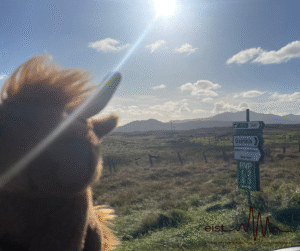
Image Description: A rural landscape scene with a plush toy Highland cow very close to the camera in the foreground. In the background, there are grassy fields, hills and a partly cloudy sky with the sun shining down. There’s a white road sign in front of a fence post that reads ‘Geirinis’ with a variety of other signs attached – some are white and some are green.
Specifically West – where we were looking for contributor, Michael MacIntyre. Michael was born on the East Coast of the island but settled in West Gerinish working as a shepherd. As Michael had a few tracks that went to the launch, we provide a link to his profile here. You can press the ‘tracks by this person’ button to access all of them.
And then we continued down south to Frobost.

Image Description: A brown plush toy with horns, resembling a Highland Cow, is being held up in front of a road sign. The sign, featuring a black arrow pointing to the right, says ‘Frobost’. The background shows grassy fields and a partly cloudy blue sky.
A fan of ghostly apparitions? Listen to Patrick MacPhee discuss a sighting of one in the Frobost area here.
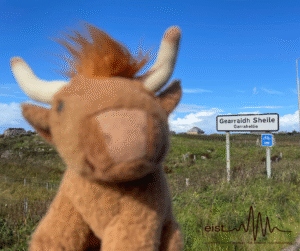
Image Description: A plush toy highland cow with brown fur and light horns is in the foreground of the photo, blocking part of the view. In the background, there is a white road sign that says ‘Gearraidh Sheile / Garrahellie’ and a blue cycling route sign below the main one. The setting is a grassy, rural area with a bright blue sky.
It’s Garryhellie next, where a couple of tracks from fieldworker Calum Maclean feature. He recorded Donald MacInnes in 1953 and animals are a running theme amongst his deposits. You can pick your fancy between information on why a hen might be cursed here, why a corn field might grow fast here or how a mother still cared for her children after she passed here.
Onwards, to Lochboisdale, in 1965, where Alan Bruford recorded a ghost story from Barra with contributor Archie Munro. Listen here.
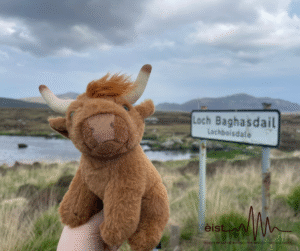
Image Description: A small plush Highland cow toy is held up by a hand outdoors, with a scenic background of a grassy landscape, water and rolling hills. In the background, there is a road sign that says ‘Loch Baghasadail / Lochboisdale’.
And with Barra on our minds, it was time for Seumas to get the ferry over there.

Image Description: A plush toy with brown fur and white horns, resembling a Highland Cow, is positioned on a rocky shoreline in the foreground. The toy is facing away from the camera, looking out towards a large body of water where a Calmac ferry is visible in the distance. There are hills in the background across the water. Although it is not stated in the photograph, the picture is of the ferry port on Eriskay.
As mentioned, a couple of items from Barra feature amongst the tracks you can find on Opening the Well right now.
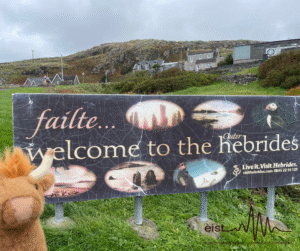
Image Description: A plush Highland cow is in front of a large outdoor sign on green grass. The sign reads ‘failte… welcome to the outer hebrides’ with scenic pictures of the area around the text, such as beaches, standing stones and a puffin. The sign also includes the text ‘Live it. Visit Hebrides’ with a website and phone number available. Those familiar with Barra will recognise this as the sign visitors are greeted by as they get off the ferry in Castlebay.
So once back on dry land, Seumas was looking into securing permissions for Annie MacNeil who was recorded in 1974 by Mary MacDonald and Emily Lyle. She speaks about death omens here.
However, it would have been more apt earlier, to say that a lot of tracks secured are actually from Vatersay.
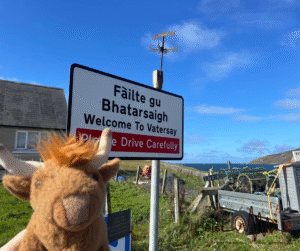
Image Description: Stuffed highland cow toy close to a road sign. The sign is bilingual, in both Gaelic and English and reads ‘Welcome to Vatersay. Please drive carefully.’ In the background, there’s a blue sky, a house, a metal trailer with some fishing equipment on it, and a weather vane.
For example, Nan Mackinnon talking about piping here, Kate Gillies talking about Pabbay here or three more tracks from Nan Mackinnon. This time recorded by James Ross, that deal with the origin of fairies (here); the story of the song ‘Mo Chailin Donn Òg’ (here) or information on the song ‘Bealach nan Gall’ here.
Which allows us to round off nicely with some female voices and even more variety regarding topics discussed.
We hope you join us for more insights into our permissions work here soon, as well as a chance to signpost towards and celebrate the people behind the Collections.
Everyone at ÈIST, Seumas included, was delighted to see so many folks at the launch event and to see the number of sign-ups to transcribe materials climbing every day. Thanks to some fantastic individuals, many of the items listed here are already in the process of being transcribed – and we’ll keep you updated on those results as well.
Seumas provides some more useful general information below, and will be back soon as more tracks enter the Well.
Frequently Asked Questions
What does ÈIST stand for?
ÈIST stands for Ecosystem for Interactive Speech Technologies, but also means ‘listen’ in Gaelic.
What is Opening the Well?
Opening the Well, (or Fosgladh an Tobair in Gaelic) is a crowdsourcing platform where volunteers are transcribing Gaelic language recordings.
When will Opening the Well launch?
The initiative launched officially on December 2nd 2025. You can now locate a ‘request transcript’ button on applicable tracks of the Tobar an Dualchais website and/or sign up to be a volunteer transcriber here.
Who can transcribe material?
We would be excited for anyone with the Gaelic language to check out the website and sign up as a transcriber. The team are actively hoping for a range of dialects and community knowledge. A variety of experience levels have been assigned to each track available. This is with a mixture of language skills and audio quality in mind. A wide range of recording lengths also appear amongst applicable tracks – some can be 20 seconds and some 20 minutes long – so we wouldn’t always be asking for tonnes of people’s time amongst our smaller extracts. Guidance is available to all who sign up.
Where are the sources that appear on Opening the Well coming from?
You can check out everything on the Tobar an Dualchais website. At present, the majority of sources come from Collections housed at the School of Scottish Studies Archives (SSSA) and material from the National Trust for Scotland (NTS) within the Canna House Collection.
Will the project only include material on the Tobar an Dualchais website or can other recordings be transcribed?
Opening the Well is connected to the Tobar an Dualchais website. Only applicable tracks that feature there will appear for transcription (and this is after full permissions have been sought to do so). But the ÈIST team do have plans for expansion. Keep an eye out for upcoming news!
Who can I speak to about the project?
In the first instance, you would be welcome to email eist@ed.ac.uk. The team here can direct your query to the most relevant individual for a reply.
Does the ÈIST project have an actual Copyright & Permissions Administrator in post?
Yes. In August 2025, this position was taken up by Lily Mellon, who is also the main photographer behind Seumas photos. Lily completed her Undergraduate and Master’s by Research in Scottish Ethnology (Celtic and Scottish Studies department at Edinburgh). After graduating, she spent time working in several roles at the National Galleries of Scotland and at Edinburgh City Council amongst their museums and monuments team. This included a variety of their galleries and museums in central Edinburgh as well as conducting tours of the Walter Scott Monument. Since February 2023, Lily has been working as an Archive & Library Assistant at the School of Scottish Studies Archives – a role she is able to continue part time alongside the Copyright and Permissions position for ÈIST.
Isn’t the highland cow a bit of a stereotype?
Yes! We hoped you’d notice and enjoy that silliness. Providing Seumas as the face of updates to our permissions journey means that we get to put out a decent amount of content and updates without the team being on camera constantly. Choosing to have Seamus feature is also a little nod to a cliché that the community will recognise (and hopefully feel ‘in on’ the subversion joke). Stereotypes and little jokes aside though, we take the permissions process incredibly seriously and have a robust and detailed workflow that is implemented for every track that enters the Well. We would be delighted to provide more information regarding this process to anyone interested.
Does Seumas speak Gaelic?
Seumas is not a native Gaelic speaker but has enjoyed taking some beginner classes and tries to do their Duolingo every day.
Where does Seumas come from?
Seumas started their life in the tourist information shop in Portree on Skye.
Does Seumas have a favourite place that he has visited for permissions?
Seumas couldn’t pick a favourite, every trip and event amongst this community has been delightful to be a part of. There have been some wonderful moments throughout, so please enjoy, as just one example, when Seumas found a sheep waiting for a bus on Barra. Seumas would have hidden from the wind on that day too!
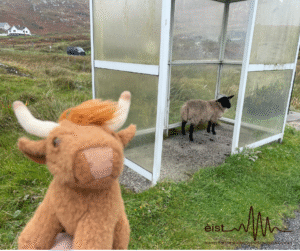
Image Description: The photograph contains a brown, plush toy animal with white horns in the foreground being held towards the camera. In the background, there is a real sheep with a black face and legs, standing on a gravel terrain inside of a bus stop shelter. Grassy terrain is all around, with a road and white house at the bottom of a hill in the background.
References
An t-amadan agus an rìgh., Michael MacIntyre, Donald Archie MacDonald, SA1966.085.A1, School of Scottish Studies Archives, University of Edinburgh.
An t-iasgair a thachair ris an Donas., Peter Morrison, Donald Archie MacDonald, SA1975.027.A4, School of Scottish Studies Archives, University of Edinburgh.
Bealach nan Gall, Annie (Nan) MacKinnon, James Ross, SA1960.117.B13, School of Scottish Studies Archives, University of Edinburgh.
Coirce a dh’fhàs cho àrd tron oidhche ‘s gun do chòmhdaich e…, Donald MacInnes, Calum Maclean, SA1953.038.A4, School of Scottish Studies Archives, University of Edinburgh.
Fear a chunnaic riochd duine faisg air Fròbost., Patrick MacPhee, Donald Archie MacDonald, SA1964.085.A5, School of Scottish Studies Archives, University of Edinburgh.
Mac banntraich a’ pòsadh nighean rìgh., Michael MacIntyre, Donald Archie MacDonald, SA1964.064.B2, School of Scottish Studies Archives, University of Edinburgh.
Mac bantraich a’ pòsadh nighean aig fear beairteach., Michael MacIntyre, Donald Archie MacDonald, SA1964.064.A-B1, School of Scottish Studies Archives, University of Edinburgh.
Mac na banntraich., Michael MacIntyre, Donald Archie MacDonald, SA1970.195.A+B1, School of Scottish Studies Archives, University of Edinburgh.
Manaidhean-bàis., Annie MacNeil, Mary MacDonald & Emily Lyle, SA1974.101.B3a-B4b, School of Scottish Studies Archives, University of Edinburgh.
Mar a tha a’ chearc air a mallachadh, Donald MacInnes, Calum Maclean, SA1953.038.A3, School of Scottish Studies Archives, University of Edinburgh.
Mar a thàinig na sìthichean., Annie (Nan) MacKinnon, James Ross, SA1960.119.A12, School of Scottish Studies Archives, University of Edinburgh.
Pìobaireachd agus mnathan-tuireim., Annie (Nan) MacKinnon, Alan Bruford & Donald Archie MacDonald & Mary MacDonald, SA1976.186.B3, School of Scottish Studies Archives, University of Edinburgh.
‘S e eachdraidh a tha seo mu mhurtair a bha ann an Uibhist a…, Donald MacLean, Donald Archie MacDonald, SA1965.079.A1 , School of Scottish Studies Archives, University of Edinburgh.
Sgeulachd à Barraigh mu bhòcan., Archie Munro, Alan Bruford, SA1965.116.B3, School of Scottish Studies Archives, University of Edinburgh.
Sgeulachd an òrain ‘Mo Chailin Donn Òg’., Annie (Nan) MacKinnon, James Ross, SA1960.117.B15, School of Scottish Studies Archives, University of Edinburgh.
Sgeulachd bheag a tha ag innse mar a fhuair Cumhal – fear dh…, Michael MacIntyre, Donald Archie MacDonald, SA1964.065.A2, School of Scottish Studies Archives, University of Edinburgh.
Taibhse boireannaich a’ nochdadh ri càraid ann am Pabaigh., Kate Gilles, Donald Archie MacDonald, SA1965.7.B3, School of Scottish Studies Archives, University of Edinburgh.
Thill màthair a bha marbh gus cùram a thoirt dhan teaghlach…, Donald MacInnes, Calum Maclean, SA1953.038.A13, School of Scottish Studies Archives, University of Edinburgh.

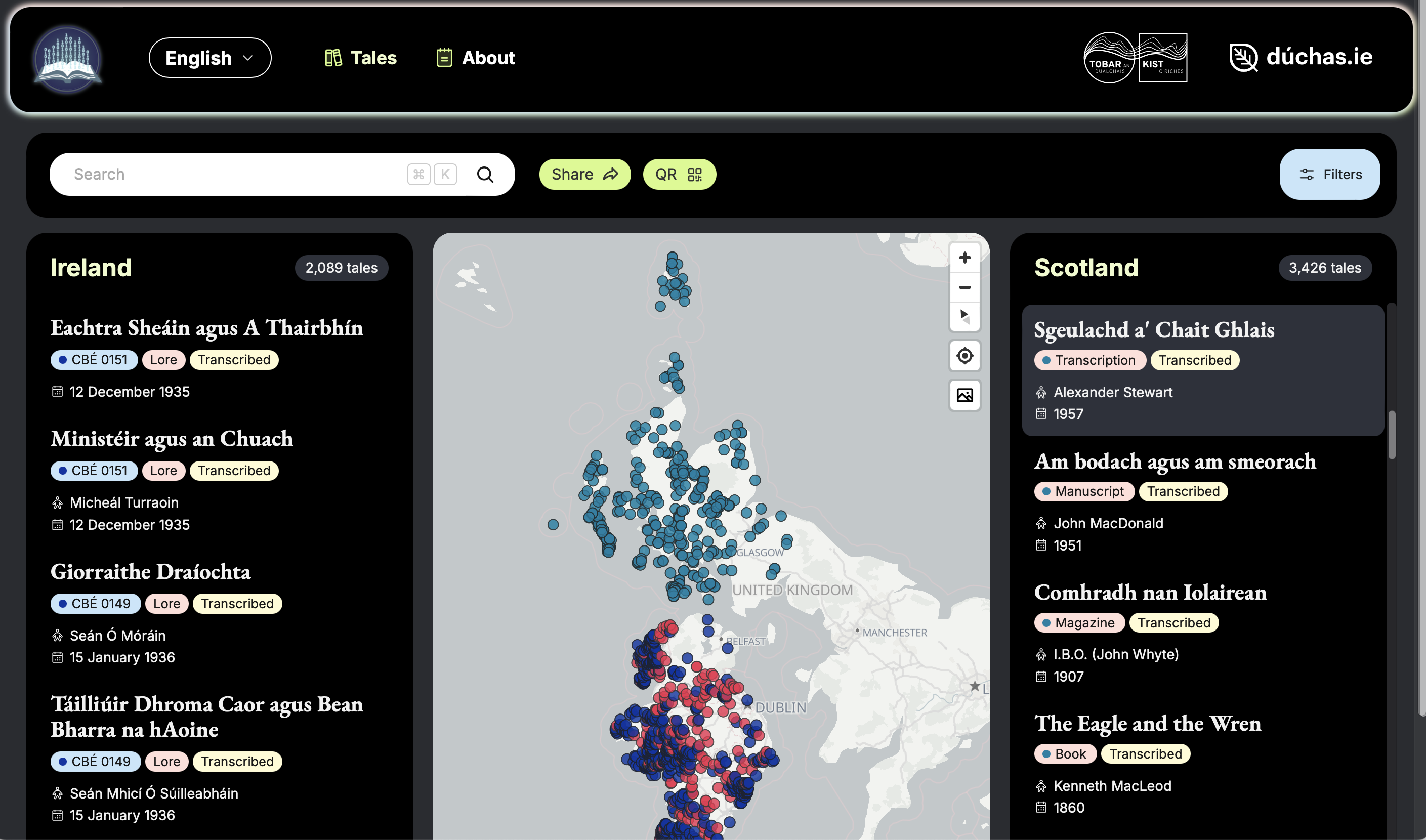
![Image shows metadata, a PDF and AI-recognised text for the Scottish Gaelic tale 'Biast na[n] Naoi Ceann' ['Beast of the Nine Heads']](https://blogs.ed.ac.uk/garg/wp-content/uploads/sites/1179/2025/06/Screenshot-2025-06-05-at-11.14.05.png)
